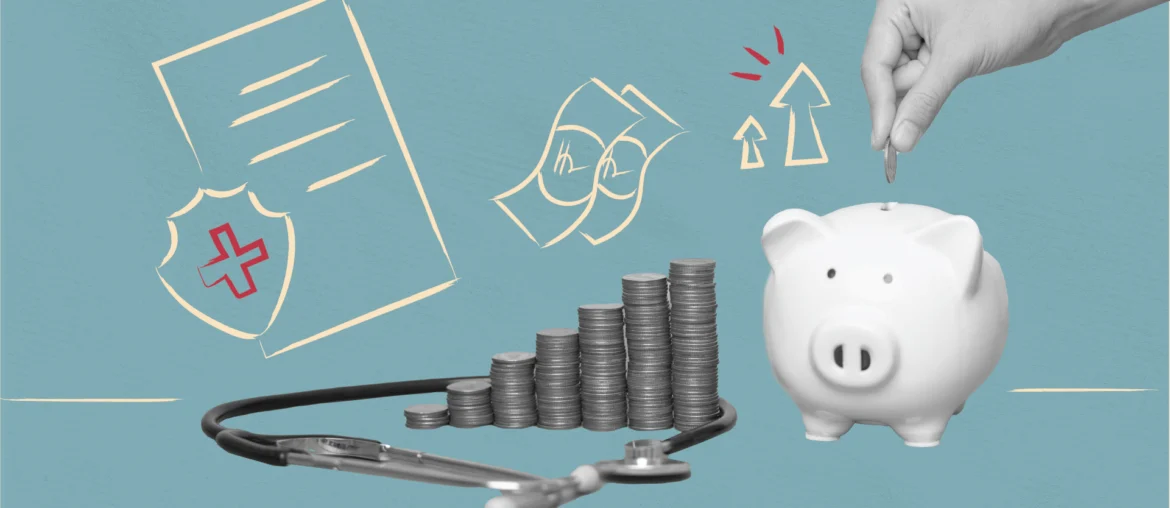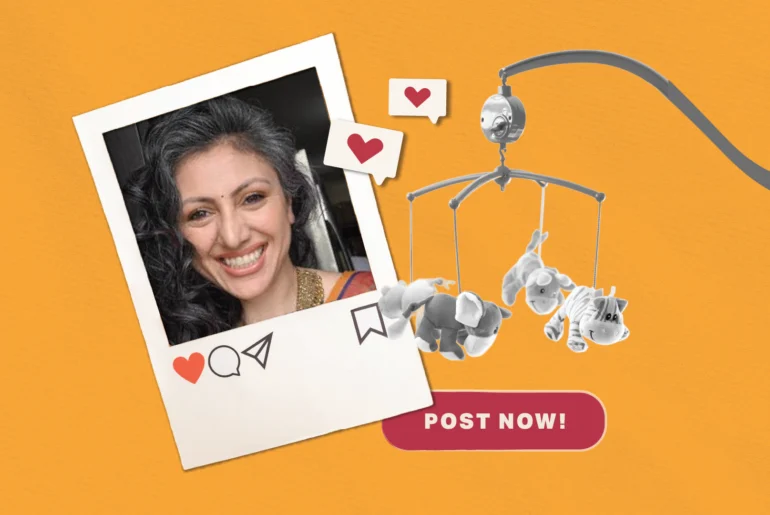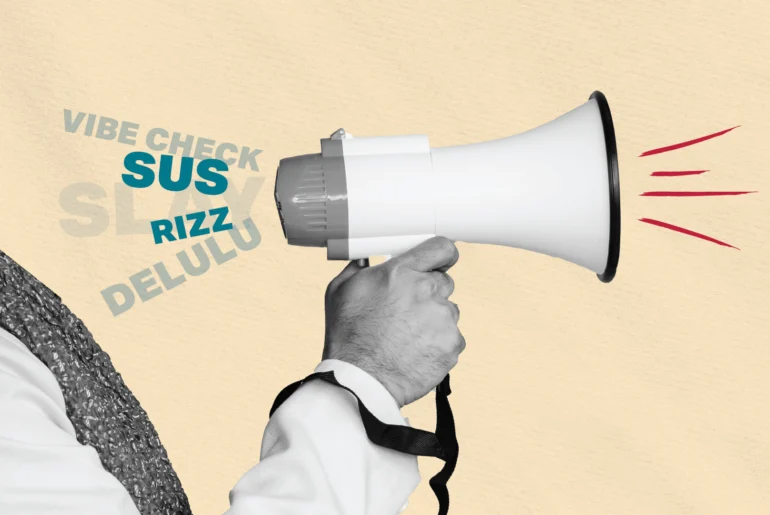“Is traditional medical insurance always the best path, or is building a personal medical emergency fund a smarter move? This article, sparked by a personal healthcare experience, explores the nuanced debate between medical insurance and self-insurance for midlifers in India.”
In an unpredictable world, preparing for health contingencies is paramount. For many, the debate boils down to two primary strategies: relying on comprehensive medical insurance or building a substantial “nest egg” (medical emergency fund). Each approach carries its own advantages and considerations, and understanding their nuances is key to making an informed financial decision, especially as we navigate the complexities of healthcare costs in India.
Consider this: A few years ago, my older son fractured his wrist and needed surgery to set it right. While the medical care he received was top-notch, the wait to be discharged due to the insurance claim process was truly harrowing. In fact, the insurance claim took a bigger toll on us than the surgery itself, and that is saying a lot. So, when we had to go back for the nuts and bolts in his wrist to be removed, we skipped the insurance and decided to pay ourselves and figure it out later – best decision ever!
This personal experience highlights the very real challenges and dilemmas many face. Is there merit in considering self-insurance for medical emergencies? Would those who are able to do so, dive in? A chance conversation about self-insurance led to this article.
The power of medical insurance: your essential safety net
Conventional wisdom suggests that medical insurance acts as your primary shield against any unforeseen and often exorbitant healthcare expenses. Growing up, I believed it was non-negotiable. Before writing this article, I had a quick chat with a wealth manager who, short of dismissing the question, was empathic in saying the only way forward to manage medical emergencies is by getting medical insurance.
However, the experience I had with my son is forcing me to rethink this. Besides the benefit that medical insurance provides me, am I also paying for all the overheads – the advertisements that one can never fully grasp, the cost of the TPAs at hospitals, etc.
The advantage of self-insurance: your personal emergency fund
While insurance is foundational, building a dedicated cash reserve, or “self-insuring,” for medical needs offers an invaluable layer of security. This is liquid cash, readily accessible without paperwork delays.
- Covering non-insurable expenses: Not everything is covered by insurance. This fund can pay for out-of-pocket expenses like deductibles, treatments not covered, specific medications, or specialized equipment and post-operative care needed post-discharge.
- Immediate liquidity: In urgent situations, you might need immediate cash for initial consultation fees, diagnostics, or even transport, before insurance approvals come through. A dedicated fund ensures you’re not scrambling for funds.
- Flexibility for minor ailments: For smaller health issues that don’t warrant an insurance claim, drawing from an emergency fund is often simpler and faster than initiating a claim.
- Inflation buffer: Medical inflation in India is notoriously high. While insurance adjusts, a robust emergency fund ensures you have extra cushioning against rising costs that might outpace your insurance coverage growth.
- Peace of mind: Knowing you have readily available cash specifically for health needs provides a different kind of reassurance, especially for expenses that fall outside traditional policy benefits.
- Distinction from general emergency fund: It’s crucial to differentiate between a general emergency fund (for job loss, home repairs, higher studies) and a dedicated medical emergency fund. While both provide liquidity, earmarking funds specifically for health helps prevent their diversion for non-medical crises, ensuring critical health needs are always met.
- Calculating your ideal fund size: How much is enough? This depends on factors like your age, current health status, family medical history, and typical costs of common procedures.
- Replenishing the fund: After utilizing the fund, a disciplined approach to replenishing it is essential. Treat it as a non-negotiable savings goal, perhaps by setting up automated transfers.
- Protecting the fund: To prevent diversion for non-medical expenses, consider keeping this fund in a separate bank account or investment vehicle specifically labeled for medical emergencies. This mental and physical separation helps reinforce its purpose.
Many of you reading this would have already made provisions for health expenses, so you might wonder where or how you can reconfigure, should you want to go the self-insuring way. My conversations with wealth managers tell me that either I can break my existing configuration and create a new fund purely for this, or in my calculations, I mentally designate a certain amount that I earmark for health expenses.
In essence, medical insurance is the sturdy umbrella that protects you from the heaviest downpour, while a medical emergency fund is the extra raincoat and gumboots that ensure you stay dry and comfortable through unexpected splashes. Combining them offers the most robust protection, providing both broad coverage and immediate flexibility, ensuring your health and financial well-being remain secure through all of life’s stages.




